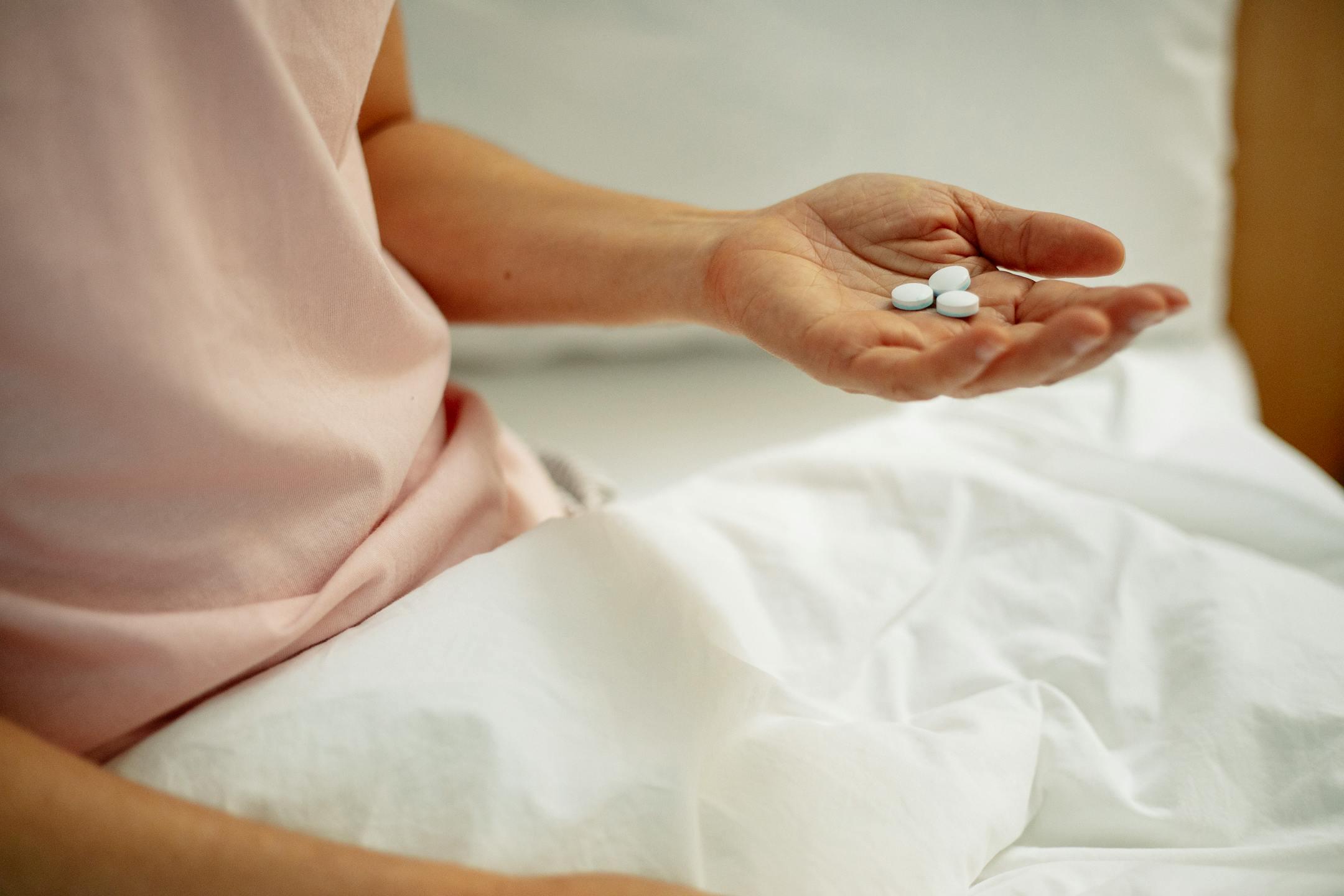
I’m writing this post from my bed, in pain, because I couldn’t get up this morning.
My body needed rest, but my mind needed purpose—so I decided to do something with my pain and put it into words.
Living with chronic illness means carrying an invisible weight.
For me, the pain began early—but the testing didn’t start until the physical signs became visible: bulging eyes, hormonal imbalances, stomach distress, and stunted growth.
At 12, I was diagnosed with Graves’ disease. That diagnosis was only the beginning. In the years that followed, I was also diagnosed with:
Some days I had endless energy. Other days, I could barely move. I lived in a constant cycle of flare-ups and crashes—a hallmark of chronic conditions, especially autoimmune and pain syndromes (Aaron & Buchwald, 2001; Wolfe et al., 2010).
But because my pain wasn’t visible, people questioned it.
I was labeled dramatic, too sensitive, or even attention-seeking.
I internalized the invalidation—and I stopped talking about it altogether.
At 14, I Was Told I Might Never Be Able to Have Children
A doctor once told me I might never have children. I was still a child myself, and I didn’t even know yet if I wanted kids. But I knew that comment changed something in me.
It made me feel broken.
Unlovable.
Destined to carry a burden no one else could understand.
That belief followed me for years—until I started meeting people who lived with illness and still chose joy, love, and community.
When Religion Becomes a Response to Pain
Coming from a spiritual background, I was often told, “This is a test from God.”
While well-intended, this language can sometimes invalidate emotional pain. Research shows that spiritual bypassing—using religion to avoid acknowledging suffering—can actually increase distress and delay healing (Cashwell et al., 2007).
Faith is still part of my life. But faith without space to grieve can hurt more than it helps.
Why I Focus on Holistic Healing
My healing didn’t come from one pill or protocol. It came from years of trial, error, and self-advocacy.
I learned how to:
Research backs this process: multimodal approaches combining pacing, mindfulness, physical therapy, and psychological support show better outcomes than medical treatment alone for chronic conditions (Hauser et al., 2011; Turk et al., 2008).
This is why holistic health is a cornerstone of my therapy work. I’ve lived this journey—and I continue to walk it, with compassion for my body and its needs.
The Power of Connection and Shared Understanding
One of my most healing friendships has been with my neighbor, who lives with Sickle Cell Disease. We bonded not just over our diagnoses, but over how we choose to live: with empathy, humor, and resilience.
Her story reminded me that doctors can speak to biology, but not destiny.
She became a mother—despite what doctors once told her.
Her truth helped me rewrite mine.
How to Show Up for Someone Living with Chronic Illness
You don’t need to understand every detail of someone’s illness to be supportive.
You just need to show up—with gentleness and consistency.
Here’s what helps:
Small actions build deep trust.
Supporting Yourself Through Chronic Pain
Living with chronic illness can feel like planning around unpredictability. Here are research-supported tools that help many, including myself:
1. Track your symptoms and patterns
Use a journal or app to monitor triggers like stress, food, sleep, or weather (Kool et al., 2021).
2. Practice pacing—not pushing
Chronic illness requires energy management. Studies support activity pacing as a way to improve function and reduce crashes (Nielson et al., 2013).
3. Rest proactively
Build rest into your routine before your body demands it. This interrupts the “boom and bust” cycle common in fibromyalgia and ME/CFS (Jason et al., 2009).
4. Tune into early signs
Irritability, tension, or brain fog are often early signals. Don’t wait for pain to listen.
5. Build a sensory comfort toolbox
Weighted blankets, warm tea, aromatherapy, and movement can soothe your nervous system.
6. Use gentle movement when possible
Low-impact movement like walking or yoga supports blood flow and reduces stiffness (Busch et al., 2011).
7. Speak with kindness to yourself
Guilt and shame increase pain perception. Self-compassion reduces both anxiety and inflammation (Pace et al., 2009).
8. Find safe support
Whether it’s a therapist, friend, or support group, safe relationships reduce loneliness and improve pain outcomes (Brown et al., 2020).
You Don’t Have to Prove Your Pain to Deserve Care
If you’re living with chronic illness:
You are carrying more than most will ever see—and still showing up.
That is strength.
I Never Thought I’d Make It This Far—But I Did
There were many moments I didn’t think I could go on—not because I didn’t want to live, but because I couldn’t see a future beyond the pain.
And yet, I’m still here.
Still healing. Still choosing life—my life.
Not a perfect one.
But a grounded, intentional one.
A life where I speak kindly to my body. Where I rest before I crash. Where I trust myself to make choices from love, not fear.
If you're reading this and carrying something heavy, I see you.
You deserve space. You deserve care.
And you deserve a future that feels good in your body.
Disclaimer: This blog post reflects my personal experiences as both a therapist and someone living with chronic illness. It is not intended as medical advice. Always consult your healthcare provider for personalized medical care.
_____
References
If you’re ready to break patterns, build clarity, and feel seen— Book a free 15-minute consultation or schedule your first session today!